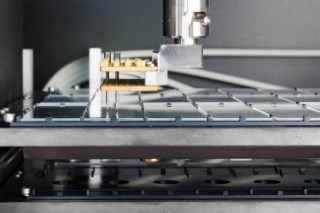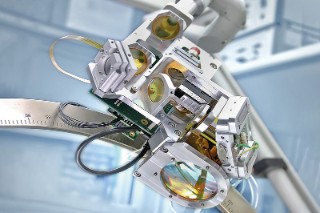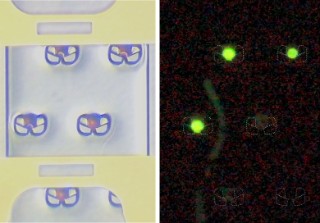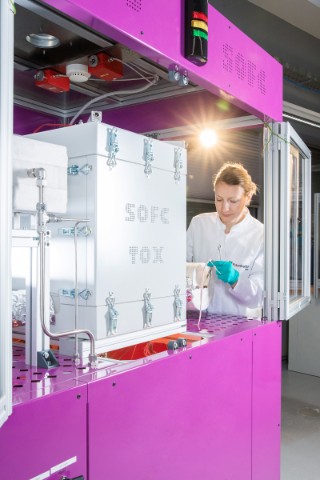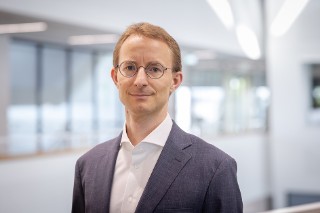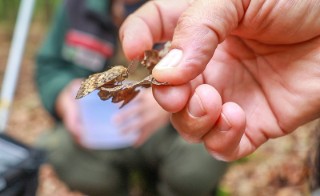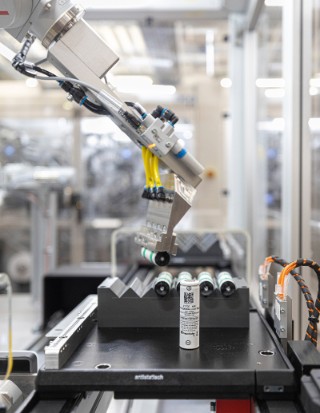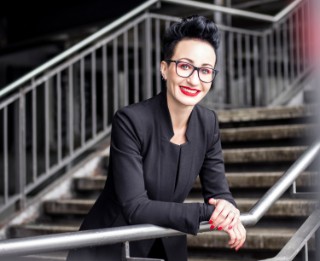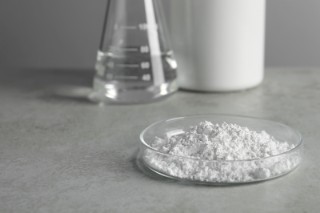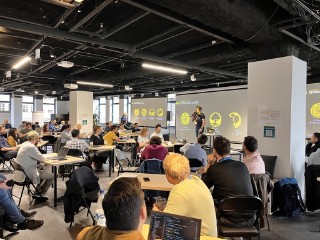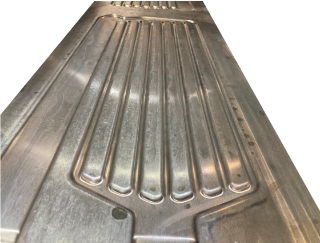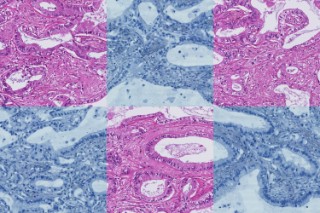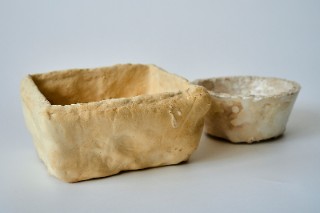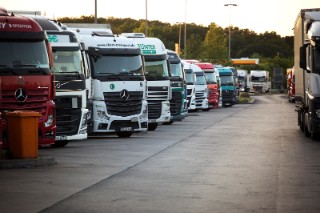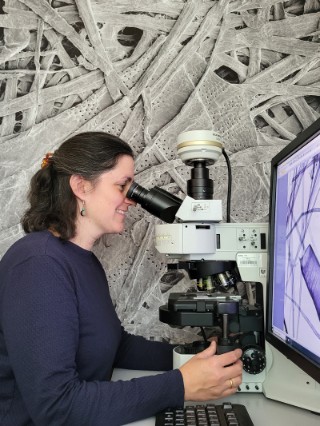Deutscher Zukunftspreis 2024 / 2024
A Research Team From ams OSRAM and Fraunhofer Wins the Deutscher Zukunftspreis for Digital Light
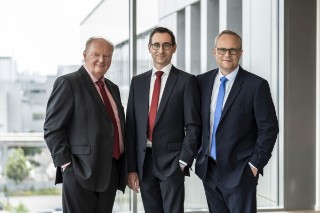
Today, Germany’s President Frank-Walter Steinmeier honored the winners of the Deutscher Zukunftspreis 2024 at a formal ceremony in Berlin. The award was presented to a team of experts led by Dr. Norwin von Malm and Stefan Grötsch from ams OSRAM and Dr. Hermann Oppermann from the Fraunhofer Institute for Reliability and Microintegration IZM for the technological implementation of their idea — an LED matrix that turns car headlights into projectors. The LED technology developed by the team opens up new possibilities for innovative designs thanks to its high-resolution light distribution and its energy efficiency.
more info
